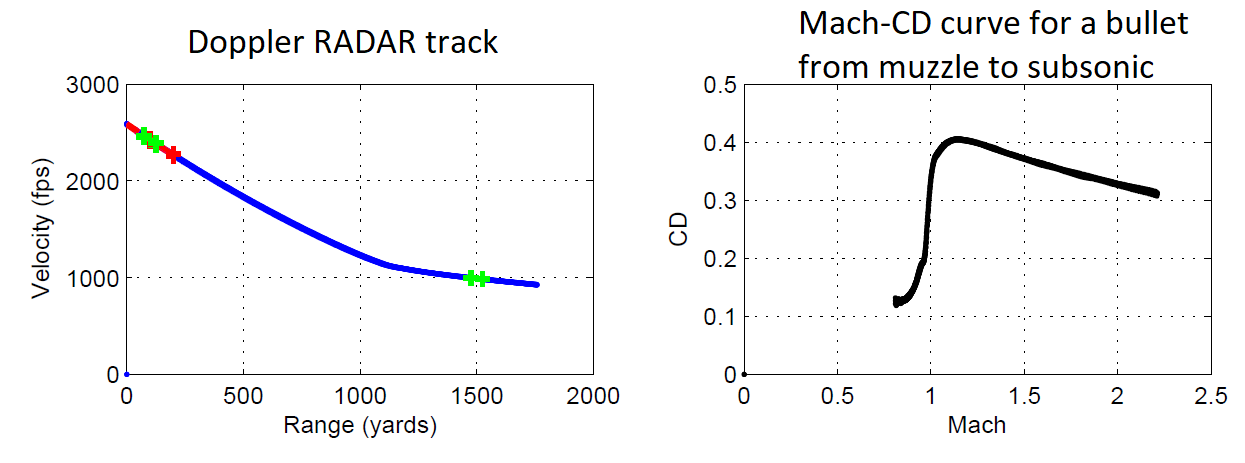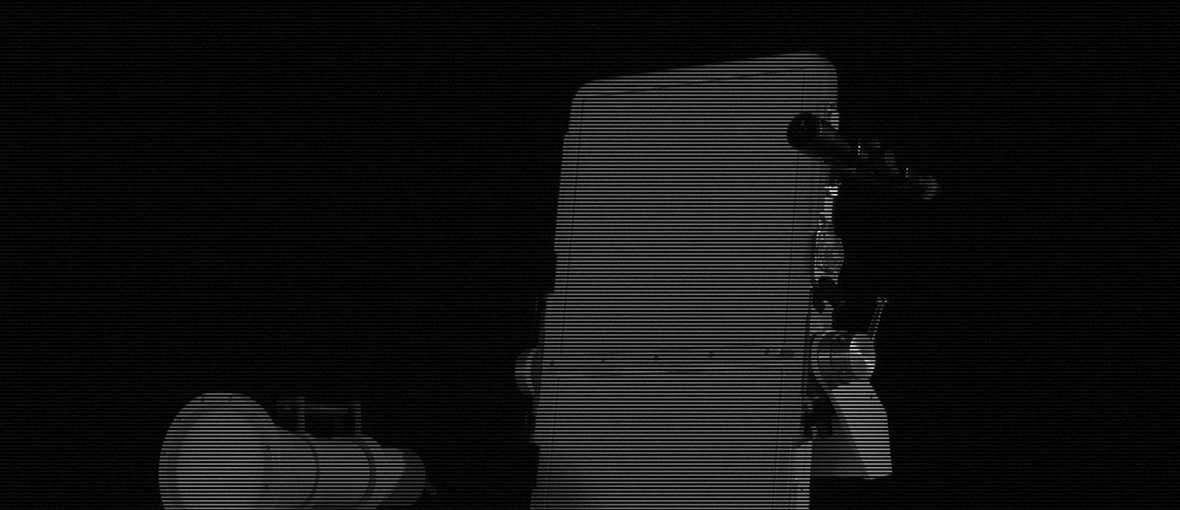Measuring Ballistic Coefficients (BCs) is one of those things that’s easy to do in principle, but very difficult to do accurately in practice.
Remember, BC is most directly described as the ability of the bullet to retain velocity. So, the most direct way to measure BC is to measure the initial velocity and the downrange velocity. Sounds easy enough to do with commercial chronographs, until you consider the realities and sensitivities of the test. To get the most accurate measure of velocity retention, you need to place the chronographs as far apart as possible so that any error in the chronographs is small compared to the total velocity lost. However, the farther apart you place the chronographs, the harder it is to shoot through them because they’re designed to be set up at the muzzle and have a narrow field. It’s pretty easy to shoot through a chronograph at 200 yards, but at that close of a distance, your measurement is highly subject to error. Additionally, you’ll only be measuring the BC at high speed and not the overall average for long range flight. If you place the chronograph at a long range, like 1000 yards, it’s very difficult to shoot through the narrow window. As you can see, measuring velocity retention directly with chronographs is very difficult, but we’ll come back to it later.
It’s much more practical to measure time of flight at long range. Using omnidirectional microphones that detect the supersonic crack of a bullet, you can resolve BC’s with high accuracy (time of flight and velocity retention are related) through a wide window. This is the principle that the Oehler instrumentation is based on, and it’s extremely accurate. Measuring time of flight to a single downrange point gives you a very accurate BC for that range. However, time of flight based BC’s are only a single point of measure and don’t tell you anything about how the BC is changing through its flight, what range the bullet may have lost stability, what the launch dynamics look like, etc.
Shooters are often tempted to “measure” BC by shooting at long range and using the observed bullet drop to determine BC. This is the least accurate method and is not advised. The reason this is the least accurate method is because you’re bringing in all the variables of the rifle sighting system, your zero, ability to measure drop, wind, accuracy of scope corrections, etc. You would have to go to extraordinary means to address all the variables involved in measuring BC with drop. Even though many shooters talk about BC’s in relation to their perceived bullet drop, this is not a serious way of doing it since velocity and time of flight measurements are more direct and accurate.
So the good ways of measuring BC are velocity and time of flight. However using microphones or chronographs only gives you a single measurement. This is where Doppler RADAR comes in.

Doppler RADAR is able to ping the bullet thousands of times as it flies downrange and make a continuous measurement of bullet drag and BC as the bullet flies. This is useful for so much more than measuring BC. With Doppler data, Ballisticians at Berger Bullets are able to study the stability of the bullets at various ranges and velocities along it’s trajectory, determine the shot-to-shot consistency in drag at all points, and determine the effects of various muzzle devices (brakes, suppressors, etc.) on the launch dynamics of bullets. Doppler RADAR is the state of the art in ballistic measurement and it’s a tool that Berger uses in the loop of designing, testing, and refining our bullets. Of course, we’re able to provide extremely accurate BC’s for shooters to compare performance and predict trajectories as well, but in house, Doppler RADAR testing is very much a part of the design cycle that we use to insure the bullet designs are optimized, actually fly true, and do so reliably.
Want a bullet that has both a high BC and a consistent BC? Learn more about our new Long Range Hybrid Target bullets.
